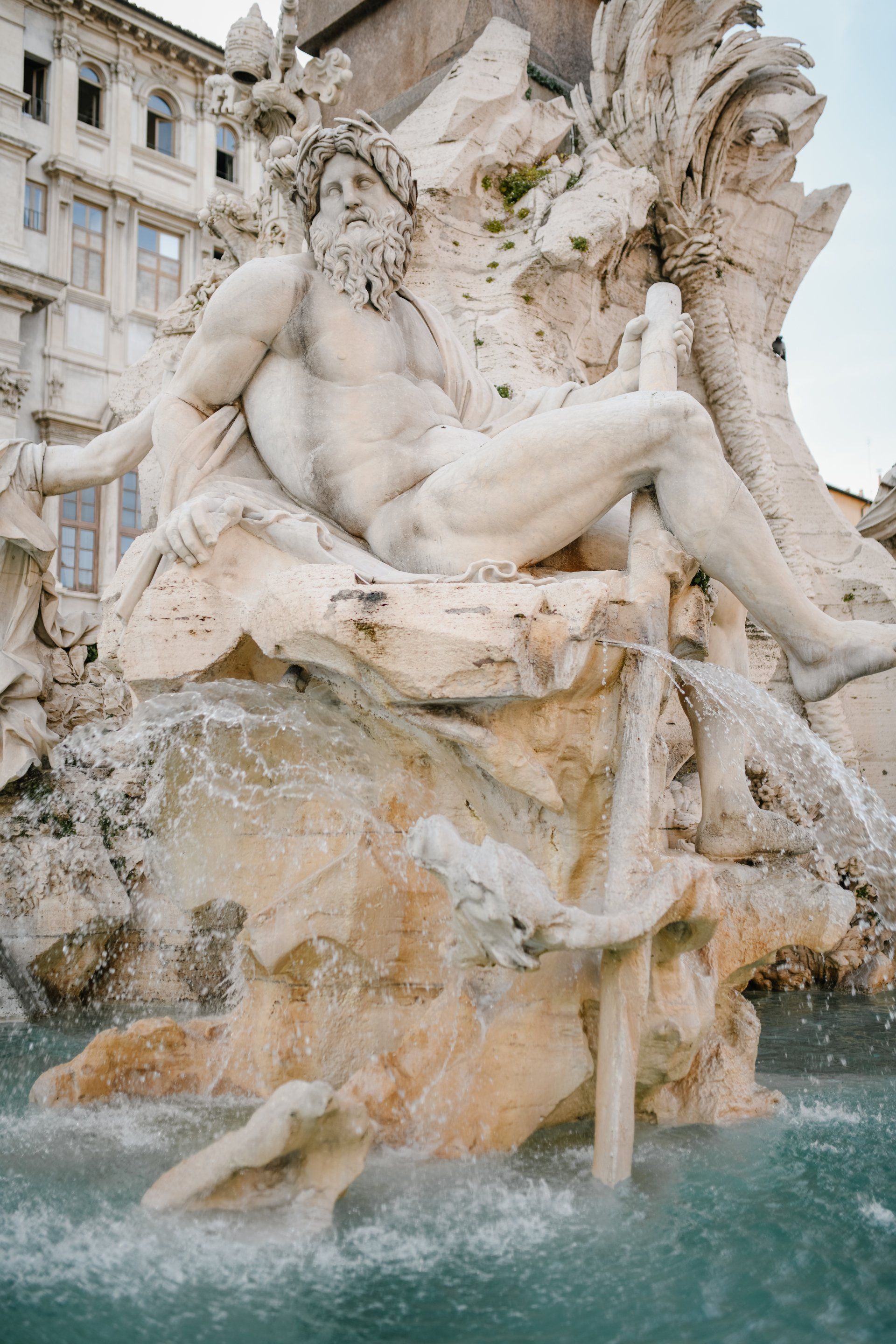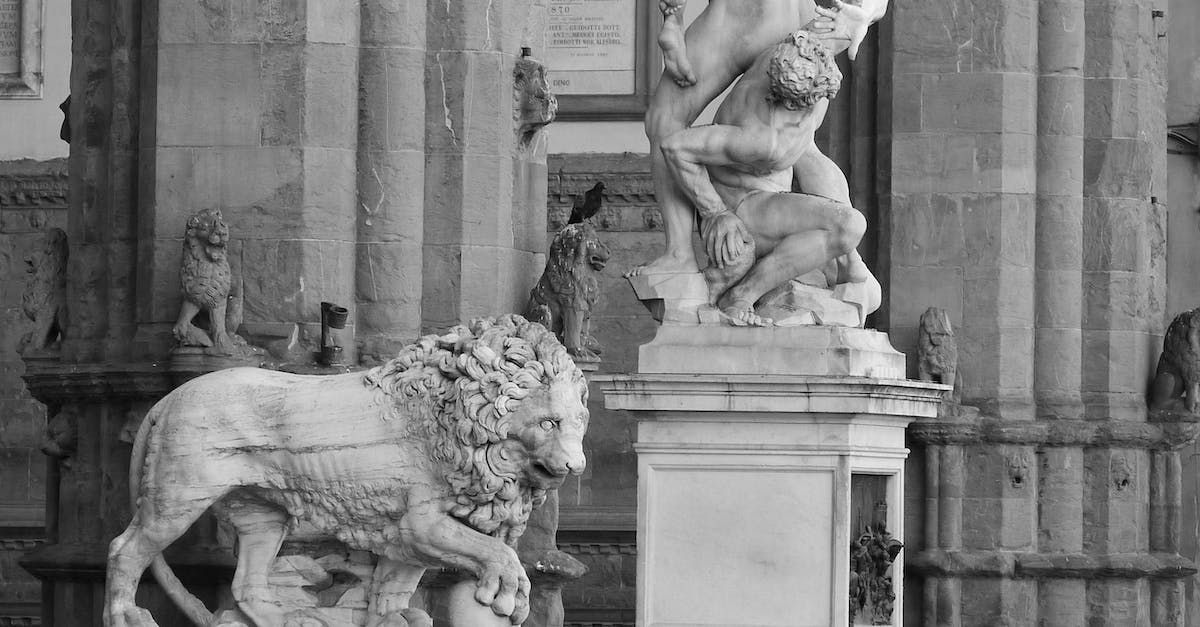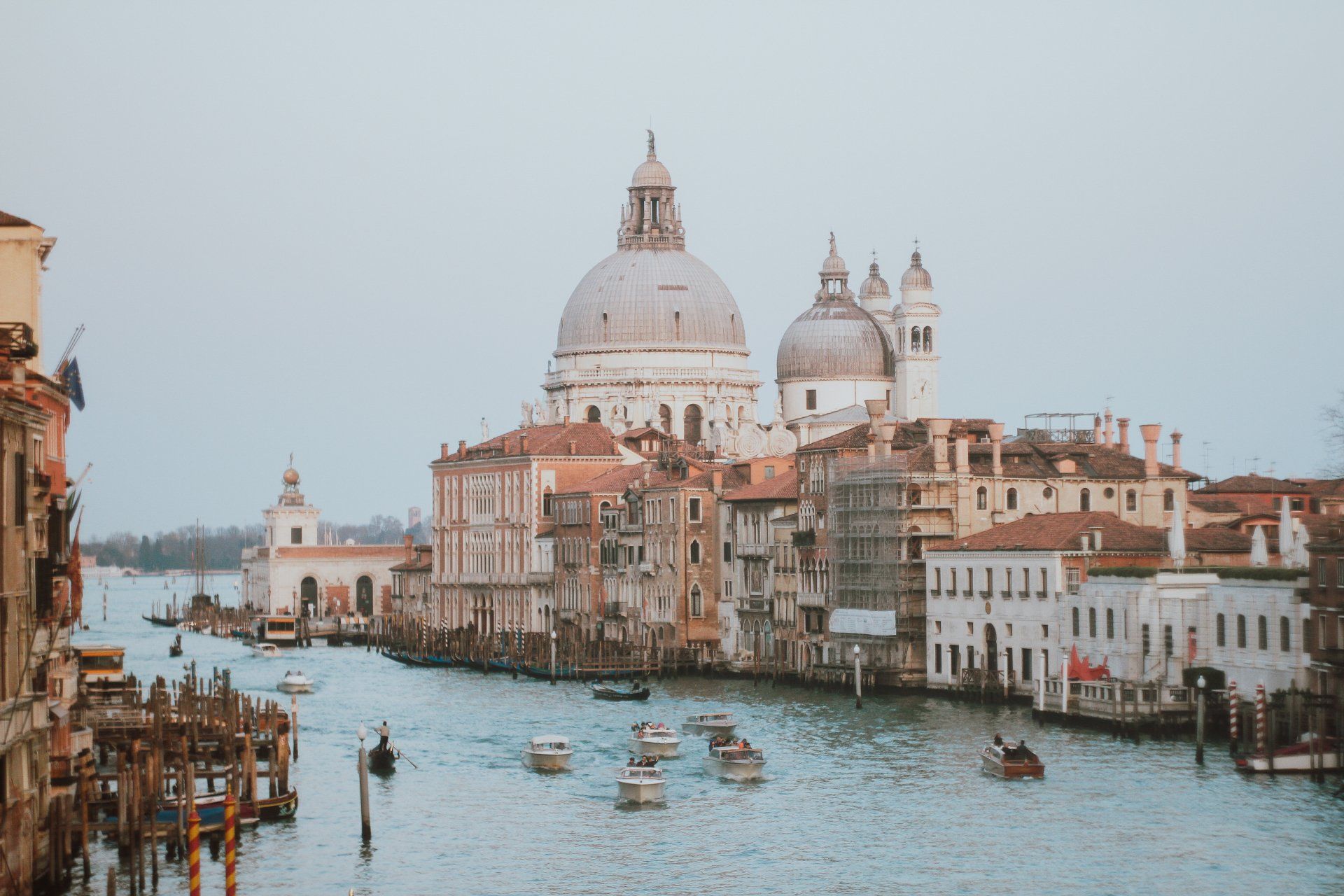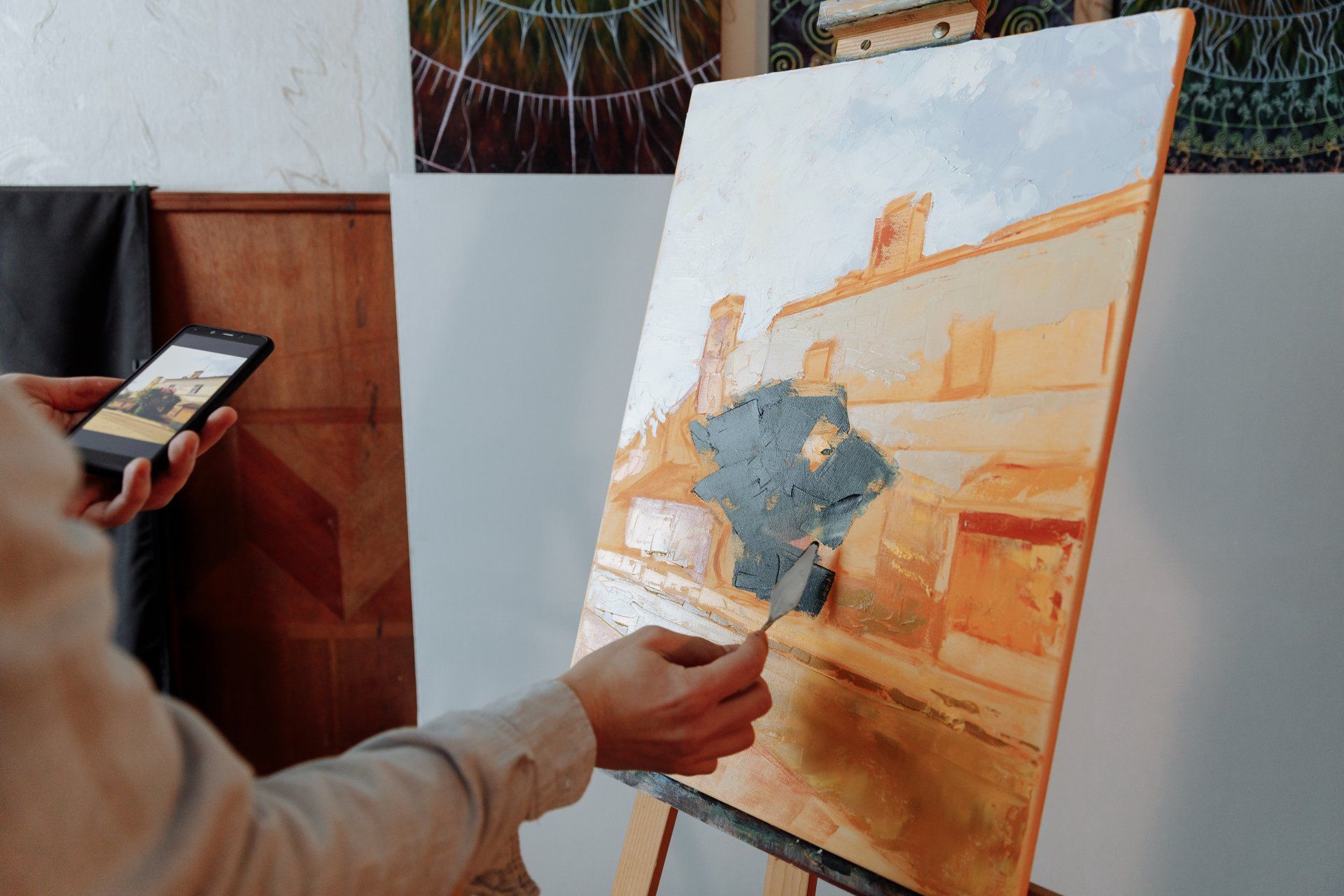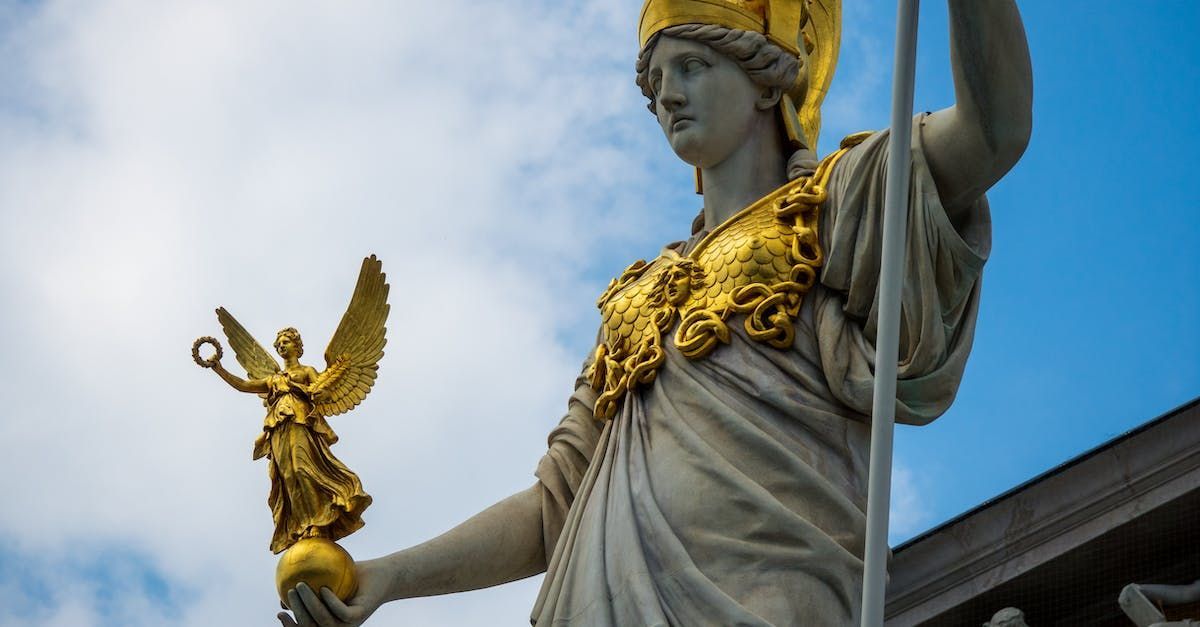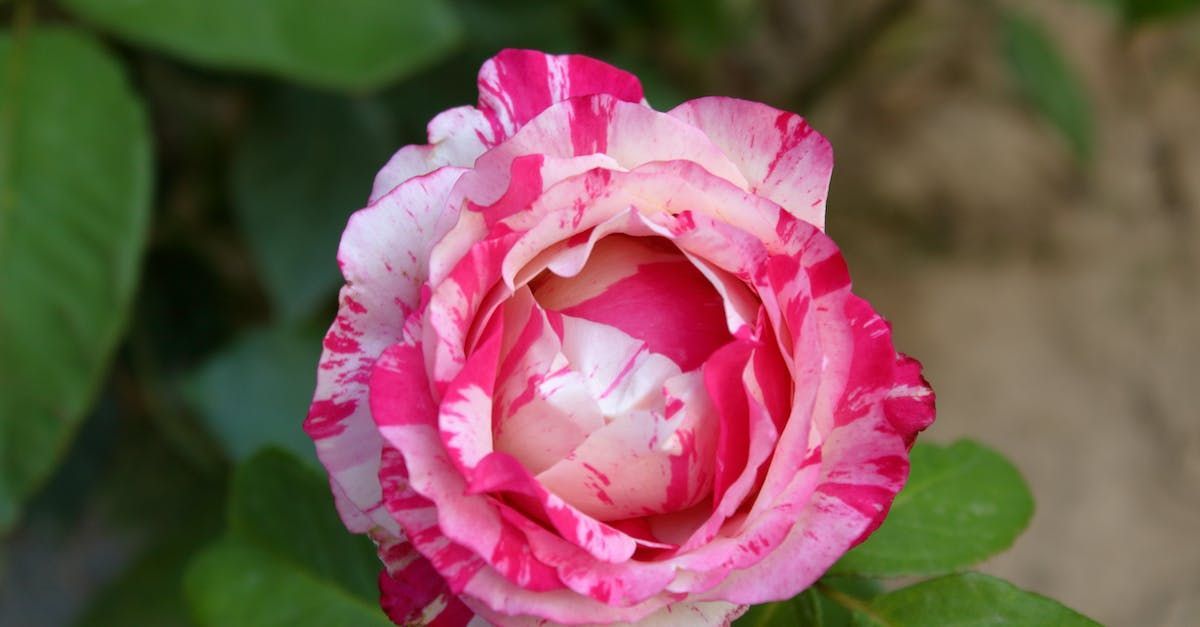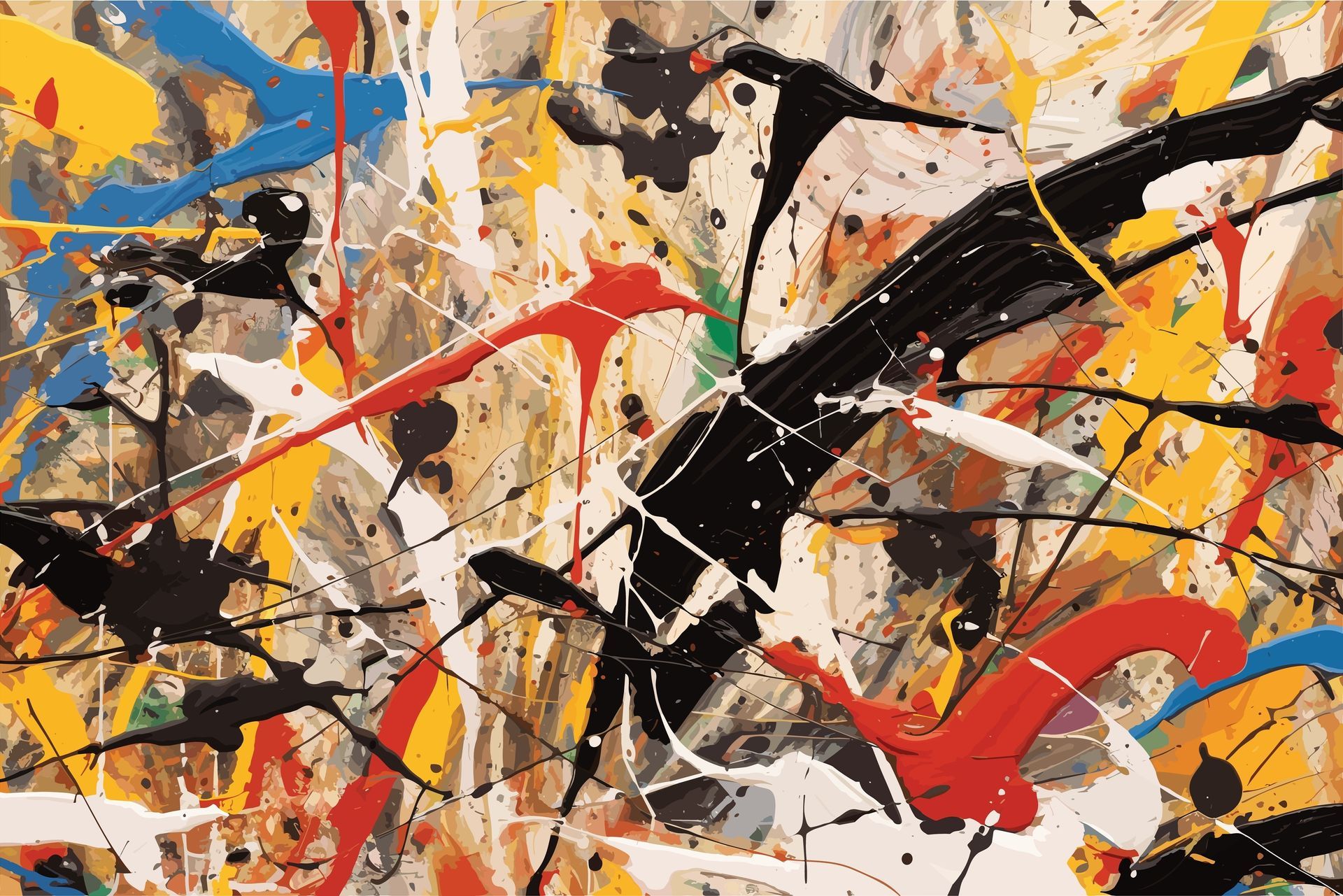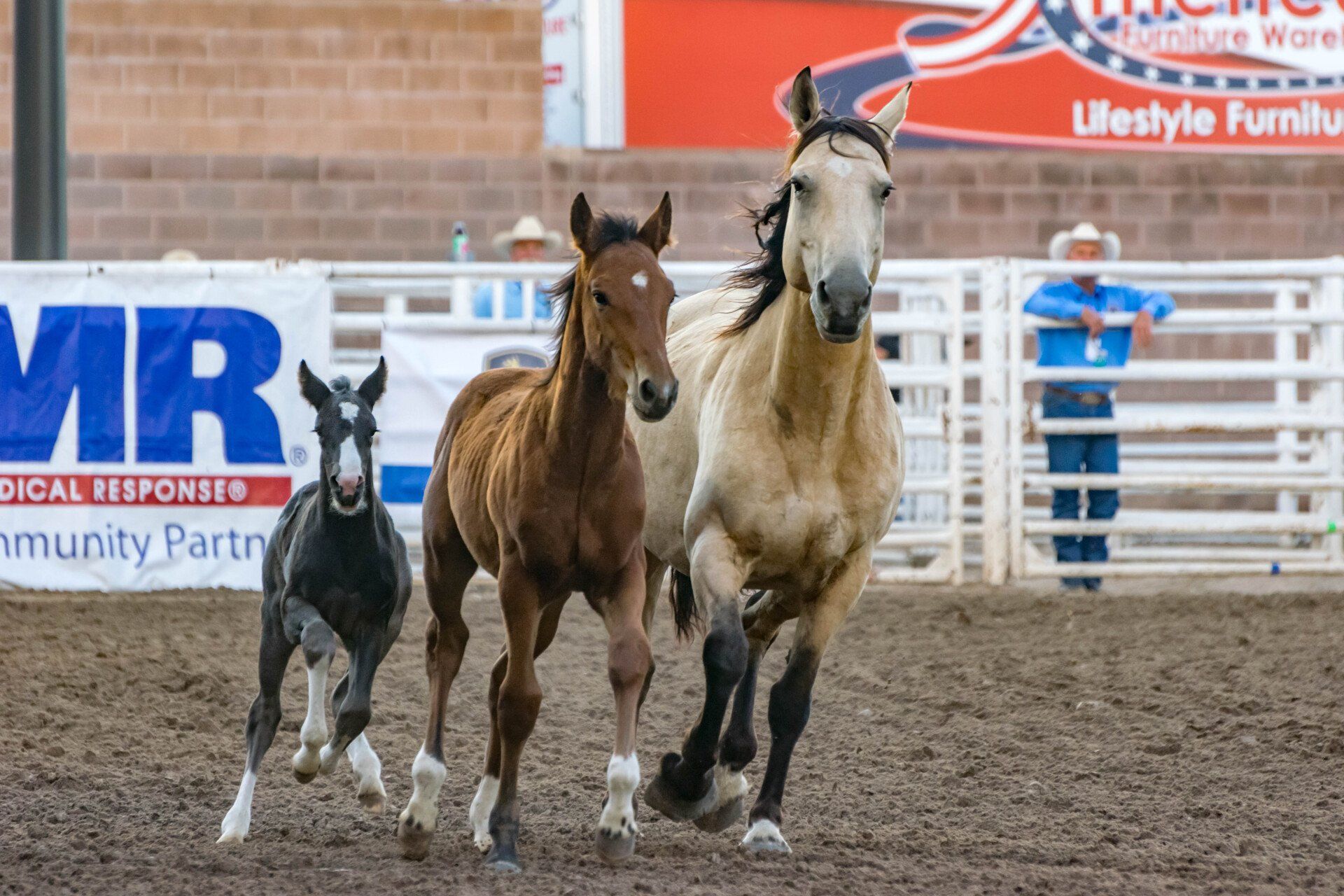C.M. Russell
The Russell Legacy

C.M. Russell, the great-grandson of the famous Western artist Charles Marion Russell, continues the family legacy through his exceptional paintings of cowboys and the American West. Russell's artwork reflects a deep appreciation for the cowboy way of life and the natural beauty of the West. This article explores C.M. Russell's artistic talent, his connection to his great-grandfather's legacy, and his portrayal of the Western experience.
Continuing the Family Legacy:
As the great-grandson of Charles Marion Russell, C.M. Russell carries on a rich artistic legacy rooted in the Western art tradition. Growing up in a family deeply connected to the Western lifestyle and the art world, Russell developed a keen eye for capturing the spirit and essence of the American West. His work not only pays homage to his great-grandfather's artistic heritage but also stands as a testament to his own unique artistic voice.
Exceptional Paintings of Cowboys and the American West:
C.M. Russell's exceptional paintings showcase his talent for capturing the essence of the cowboy way of life and the beauty of the American West. Through his brushstrokes and use of color, he brings cowboys to life, portraying their strength, resilience, and connection to the land. Russell's artworks also highlight the vast landscapes and majestic scenery of the West, conveying a sense of awe and reverence for the natural beauty that defines the region.
Deep Appreciation for the Cowboy Way of Life:
Russell's artwork reflects a deep appreciation for the cowboy way of life. His paintings not only depict cowboys in action but also convey the values and traditions associated with the cowboy culture. Russell's attention to detail, whether in capturing the worn leather of a saddle or the expression on a cowboy's face, adds depth and authenticity to his portrayals. Through his art, Russell pays tribute to the timeless spirit of the cowboy and their enduring impact on the American West.
Connection to the Natural Beauty of the West:
C.M. Russell's artwork also reveals his profound connection to the natural beauty of the West. His paintings showcase the vast landscapes, from rugged mountain ranges to open prairies, with a keen sense of composition and atmosphere. Russell's ability to capture the play of light, the textures of the land, and the ever-changing colors of the Western skies allows viewers to immerse themselves in the splendor of the natural world that serves as a backdrop to the cowboy way of life.
C.M. Russell, carrying on the artistic legacy of his great-grandfather Charles Marion Russell, is a talented artist known for his exceptional paintings of cowboys and the American West. His work reflects a deep appreciation for the cowboy way of life and the natural beauty of the Western landscape. Through his artistry, Russell captures the spirit, traditions, and timeless allure of the American West, leaving a lasting impact on those who admire the cowboy culture and the rugged beauty of the region.
